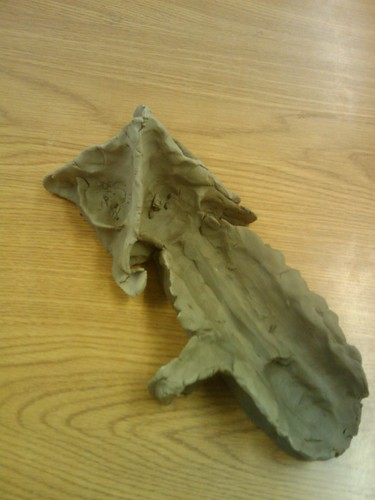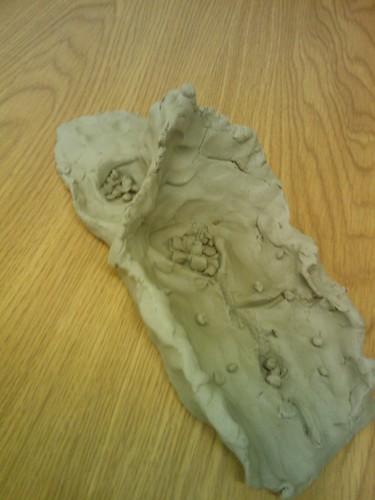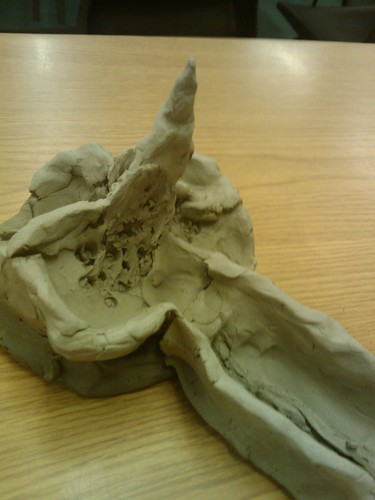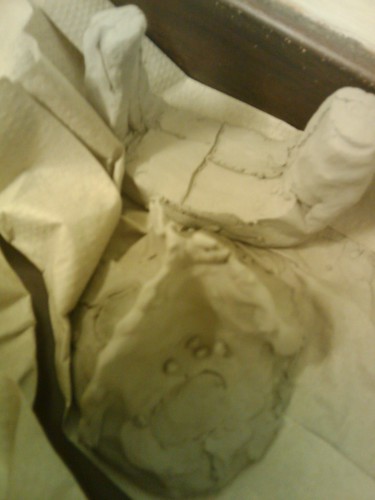The Big Yin teaching Tundra
Categories: Other
When I was looking through resources for teaching Tundra, I found an old text which had quite a lot of detail about people and developments in the Biome. It had a lot of facts about the traditional way of life for the Inuit, such as making soup from seals blood! Some 'recent' changes were detailed in the way of life of the Inuit and much of this still seemed relevant. However, I was a little wary of using such an old resource and felt I had to compliment it with something else. Enter Billy Connolly. In the boot of my car, I had a copy of 'Journey to the edge of the world', the book of the television series. After looking on youtube, I found a couple of appropriate clips but, in truth, I could have used many more. The first clip below was really useful. For instance, today, we talked about the settlement that serves as the backdrop and why there appeared to be no road. It was easy to illustrate how the built environment is also sensitive to the needs of the landscape, with houses raised off the ground. The climate for August looks a tad chilly too :-)
The second clip had scenes that some people might find a little upsetting, as Billy followed a family in a 'traditional' hunt, which actually perfectly illustrated how, even when clinging to traditions, the outside world has influenced the Inuit. Both clips supported the lesson really well and I would use them again.














